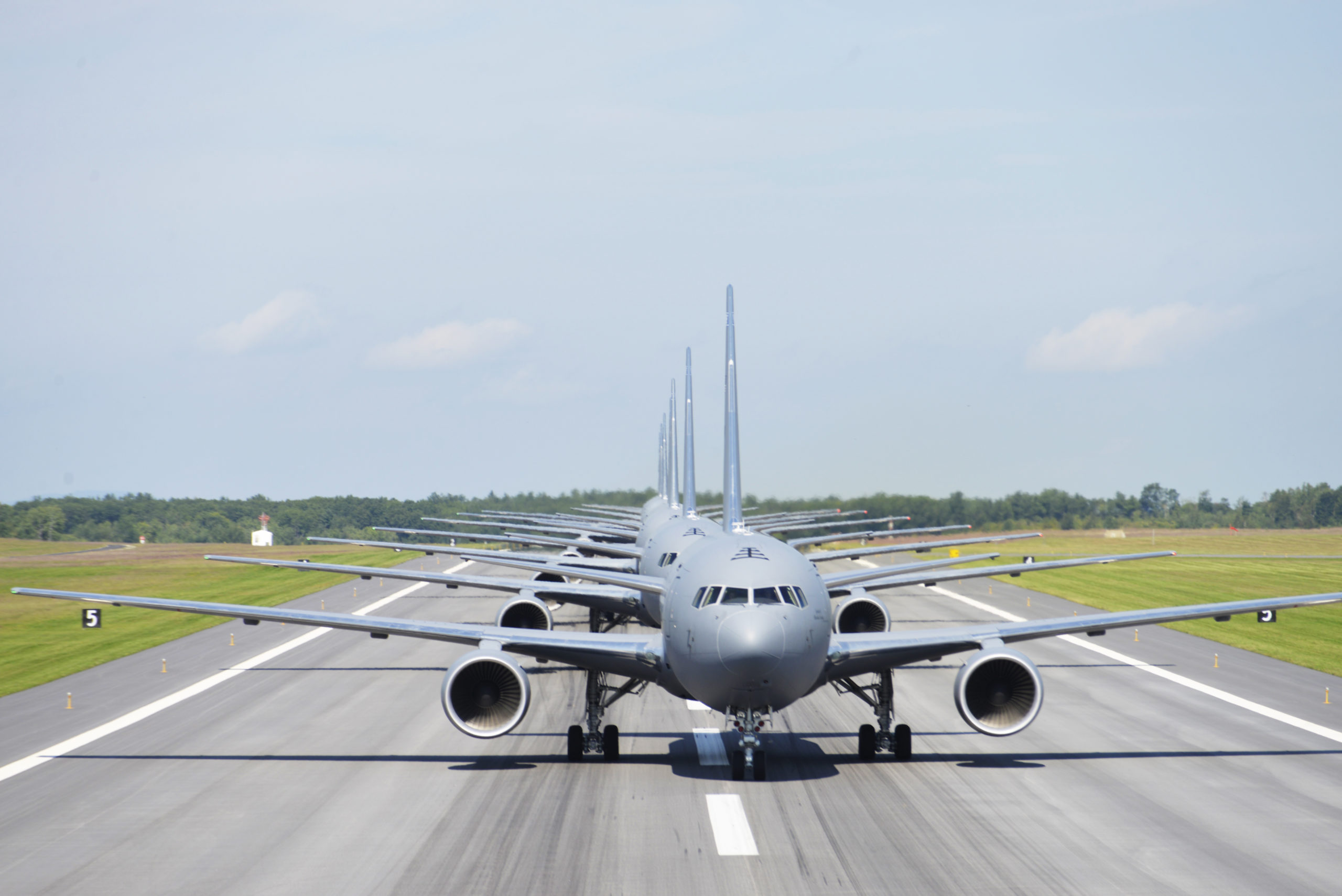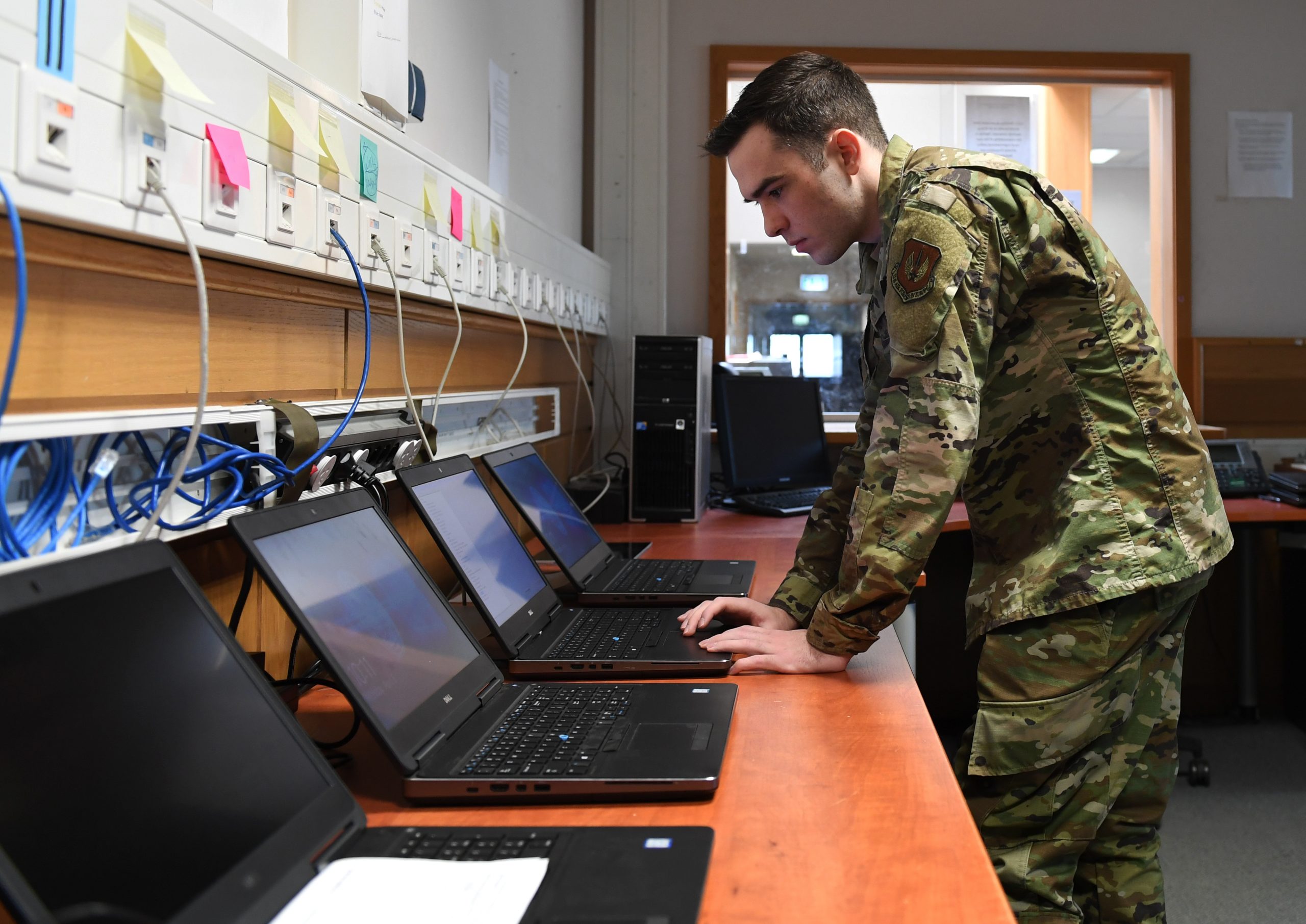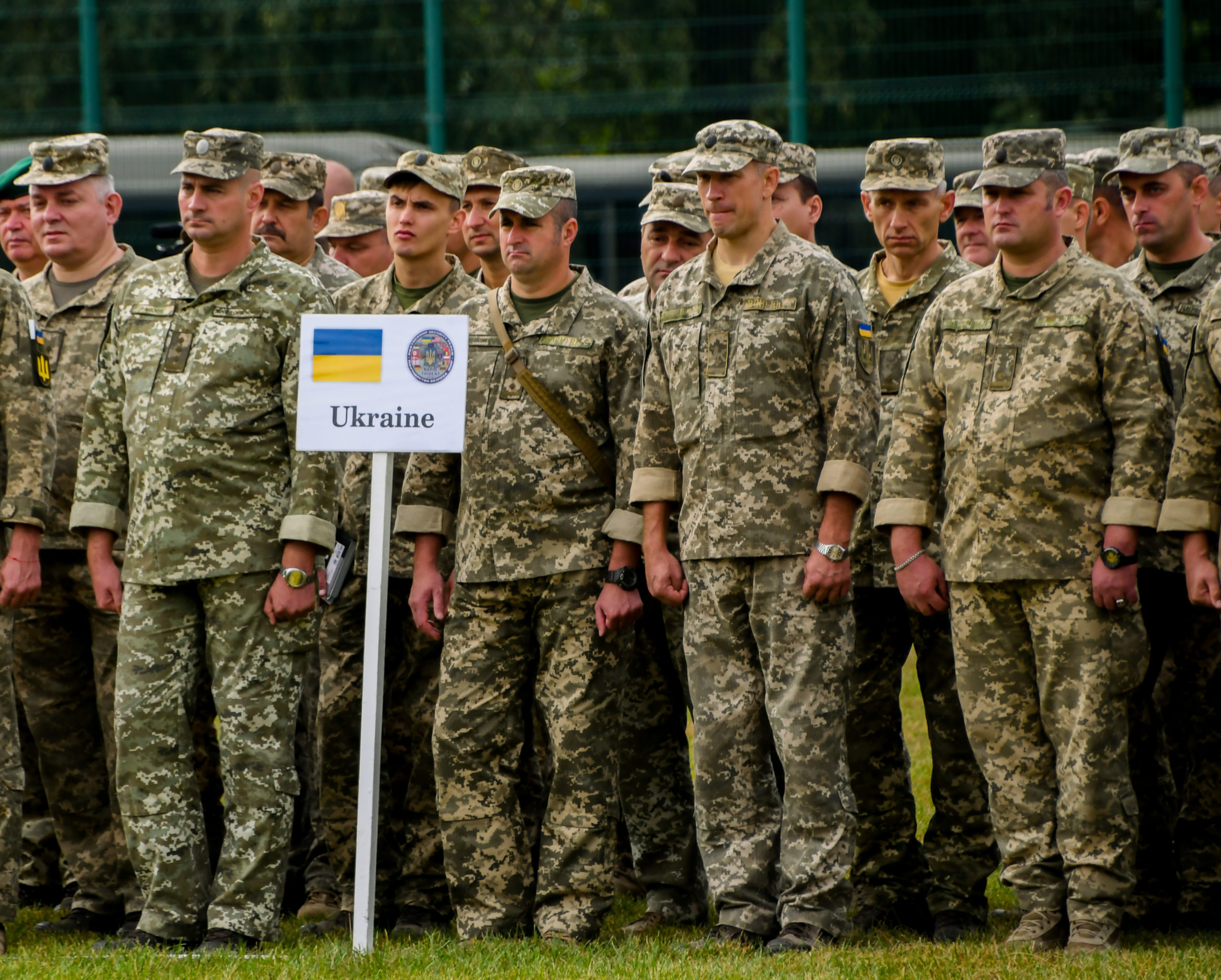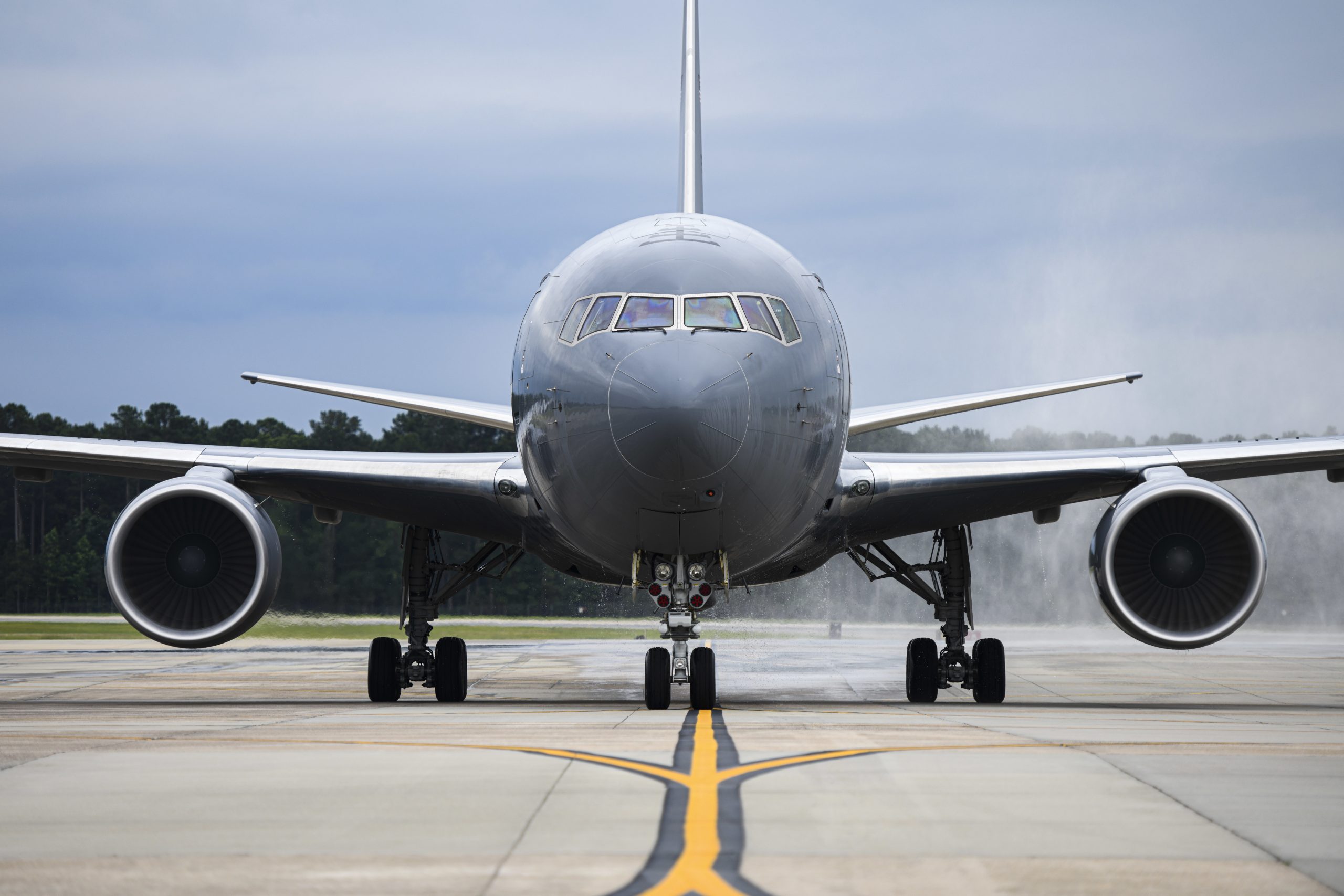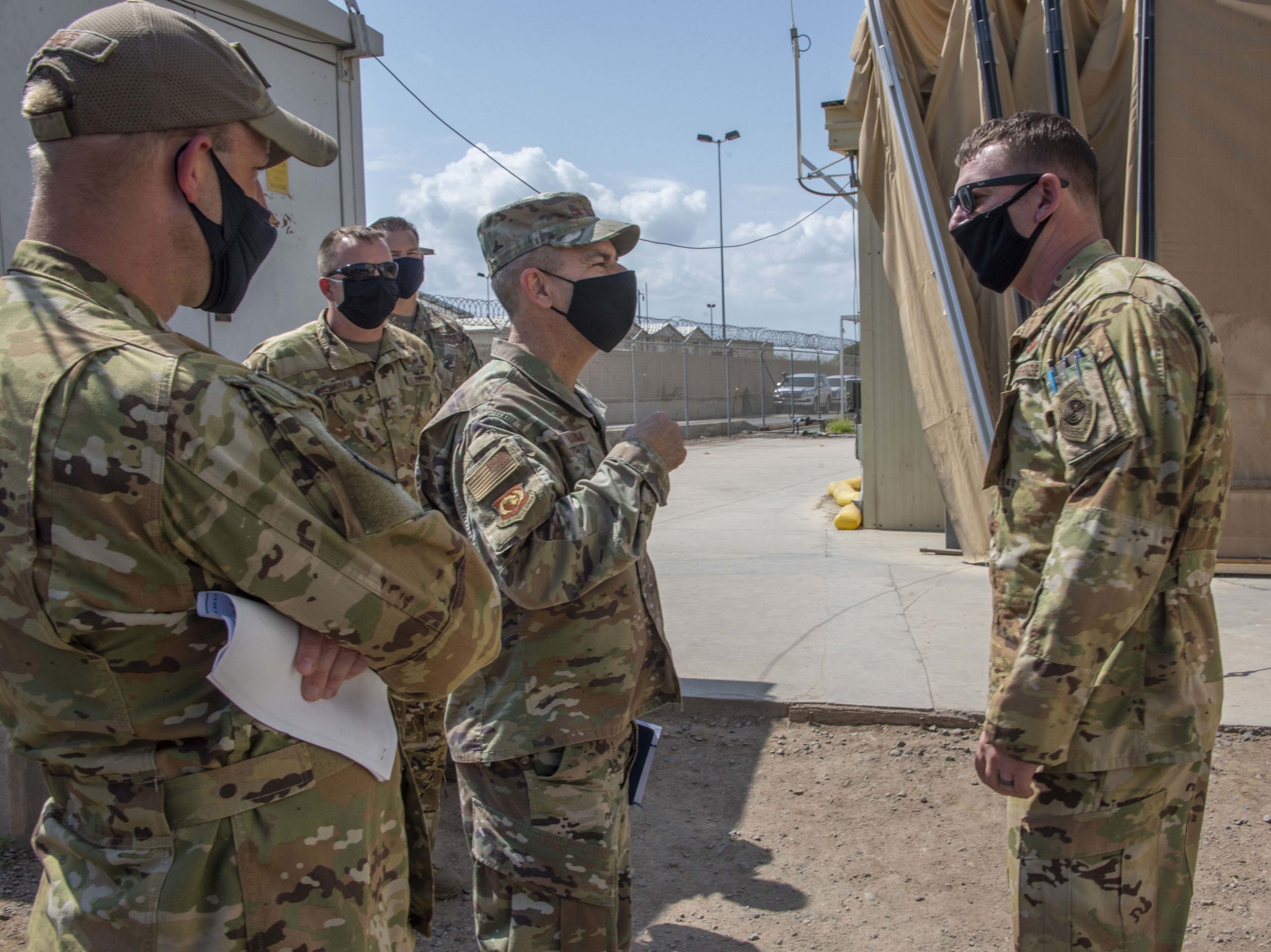A group of 55 Democratic lawmakers from the House and the Senate released a letter Jan. 26, urging President Joe Biden to declare a “no first use” policy for nuclear arms and to roll back the U.S.’s “reliance on nuclear weapons” in the Pentagon’s forthcoming Nuclear Posture Review.
The letter, spearheaded by Sens. Edward Markey (D-Mass.) and Jeff Merkley (D-Ore.), and Reps. John Garamendi (D-Calif.) and Donald S. Beyer (D-Va.), called the NPR “a once-in-a-generation opportunity” to push for a reduction in nuclear arms.
To that end, the lawmakers encouraged Biden to:
- Support diplomacy and negotiations with Russia and China;
- “Declare that the sole purpose of nuclear weapons is to deter a nuclear attack on the United States and its allies, and that the United States will never use nuclear weapons first;”
- Stop the deployment of the W76-2 low-yield Trident submarine warhead and the development of a new nuclear-armed sea launched cruise missile;
- “Question the necessity of new nuclear weapons systems.”
The question of “no first use,” in particular, has been a hotly debated one over the past several months in the run-up to the release of the NPR. Biden previously has said the U.S. should move to a “sole purpose” policy, where American nuclear weapons are meant solely to deter nuclear use against the U.S. or its allies. Other Democratic politicians and advocates, however, have pushed for a “no first use” policy.
Sen. Jim Inhofe (R-Okla.) and Rep. Mike Rogers (R-Ala.) referenced that lobbying in a recent statement urging Biden not to change the U.S.’s nuclear policy, noting that “allies across the globe joined a bipartisan chorus in Congress to urge the administration to take a wiser, more measured path.”
The new Nuclear Posture Review is expected to be released in the coming months, but media reports about it have already sparked concerns among both arms control advocates and those pushing for nuclear modernization.
On one hand, the Democratic lawmakers noted in their letter that a recent Associated Press report indicated that Biden’s plans to significantly revamp America’s nuclear weapons strategy have likely been cut back in the face of Russian and Chinese aggression.
On the other, Inhofe and Rogers, the top Republicans on the Senate and House Armed Services committees, issued their statement in response to a Politico report that Biden’s administration was considering canceling several nuclear weapon programs approved by former President Donald J. Trump.
This is not the first time Democrats in favor of reducing and restricting the use of nuclear weapons have publicly appealed to the President. In 2016, Markey, along with nine other Senators, sent a letter to then-President Barack Obama with many of the same requests, such as a “no first use” policy and a rollback of modernization efforts.
In this most recent letter, though, the lawmakers added that they find it “concerning” that the Defense Department has not agreed to “a comprehensive, independent study of whether to pursue the new Ground-Based Strategic Deterrent”—the Pentagon has tapped the Carnegie Endowment for International Peace to produce a report on the future of the ICBM program, but arms control advocates have said that effort does not go far enough.
Only one member of the Senate Armed Services Committee signed onto the letter—Sen. Elizabeth Warren (D-Mass.). Four members of the House Armed Services Committee signed—Garamendi, Rep. Andrew Kim (D-N.J.), Rep. Sara Jacobs (D-Calif.), and Rep. Ro Khanna (D-Calif.).


